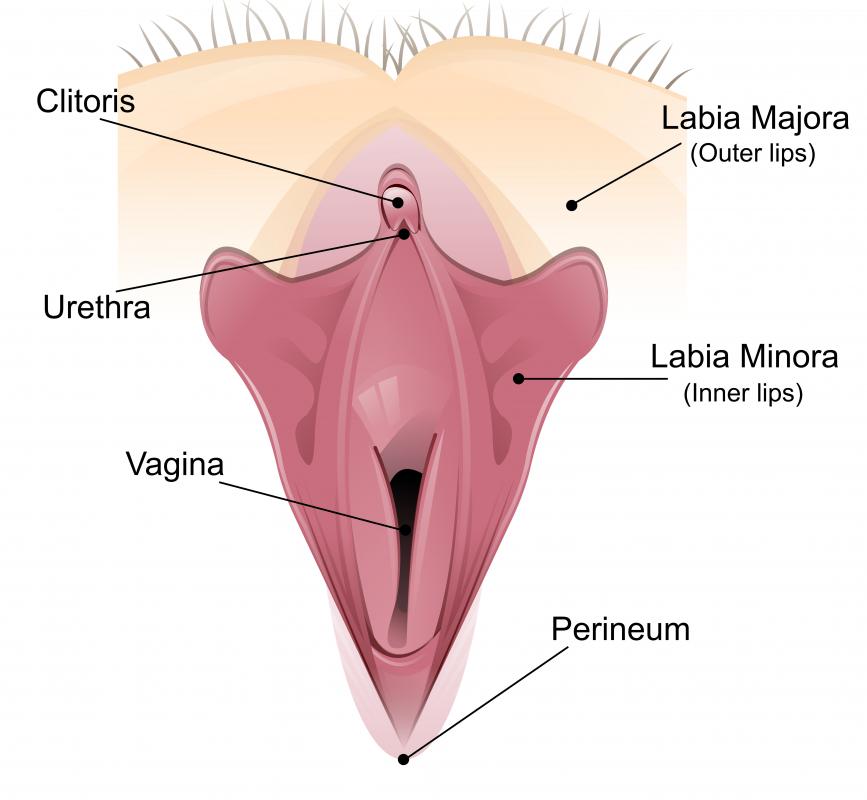At WiseGEEK, we're committed to delivering accurate, trustworthy information. Our expert-authored content is rigorously fact-checked and sourced from credible authorities. Discover how we uphold the highest standards in providing you with reliable knowledge.
What is a Percutaneous Catheter?
A percutaneous catheter is a catheter inserted by a needle stick into the skin. All catheters are hollow tubing that allow the passage of fluids into the body or permit the removal of excess bodily fluids through the catheter to the outside of the body to a proper disposal container. Percutaneous catheters must be inserted by skilled medical staff to prevent the contamination of the insertion site and also to ensure the proper placement of the catheter.
Catheters are used in a variety of medical procedures. Cardiac specialists use a percutaneous catheter when performing an angioplasty, a procedure to widen the blood vessels near the heart. A balloon catheter is inserted through the skin and guided to the area that is blocked by fatty deposits. The balloon part of the angioplasty catheter is inflated, flattening the blockages and opening the blood vessels up to a more normal width. This minimally invasive process reduces the healing time of the angioplasty and promotes a quick return to normal activities.

Bladder catheters are the most well known of all percutaneous catheters. The Foley catheter is used for men and women who are unable to pass urine without assistance. This type of catheter is inserted through the urethra into the bladder. There is a small balloon at the bladder end of the catheter that is filled with a little fluid to hold the catheter in place. When the Foley catheter is no longer needed, the fluid can be released from the balloon tip and the catheter easily removed.

Rarely, a physician may decide to insert the bladder catheter through the abdominal wall to get to the urinary tract. After the placement of the catheter is determined, a small needle will be inserted into the skin, and then the catheter is threaded through the opening inside the needle called the lumen. A percutaneous catheter sheath may be used to guide the catheter to the bladder without damaging any of the surrounding tissue. The loose end of the catheter is then taped securely to the skin.

The percutaneous catheter can be left in place for an extended period of time. Some catheters have ends that encourage the growth of scar tissue around the opening to secure it to the skin. The catheter can also be used as part of the diagnostic imaging process. A contrast dye is flushed through specific blood vessels by means of a percutaneous catheter before imaging tests.
AS FEATURED ON:
AS FEATURED ON:

















Discuss this Article
Post your comments